Are you interested in gardening? If you’re interested in reaping the benefits of growing your food yourself, you should activate your green fingers.
What types of plants can you start with as a beginner? Annual crops are the most suitable for you as they grow quickly and you can harvest them in the same year in which you planted them.
What types of annual crops are best for a beginner to start with? Here are 11 ideas you can try:
Table of Contents
1. Pumpkins

Pumpkins are very easy to grow because they are hardy. As a beginner, you should grow pumpkins because they require less attention. You can start your pumpkins in spring (after frost).
Pumpkin plants require space as they spread their leaves. You can, however, grow them in a cage or a trellis to maximize space.
Each pumpkin plant produces multiple fruits and there are many seeds in each pumpkin fruit. Pumpkins require a lot of water in their growing season, so make sure that you water them once or twice daily.
2. Lettuce
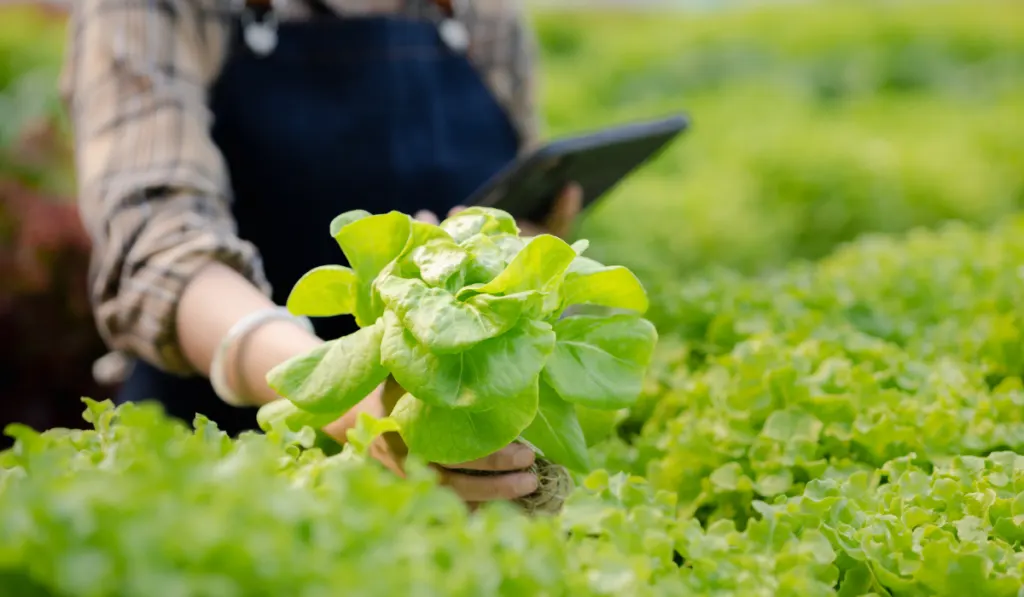
Lettuce is not a picky plant and you can grow it on a windowsill, in pots, or in garden soil. While lettuce needs full sun, it can also grow in partial shade once the temperature rises above 80°F. You can start your lettuce in March and continue to harvest the leaves while it grows.
For larger and greener leaves, feed your lettuce with nutrients from compost and fertilizer. You can also grow lettuce with other leafy greens in the same pot.
3. Legumes
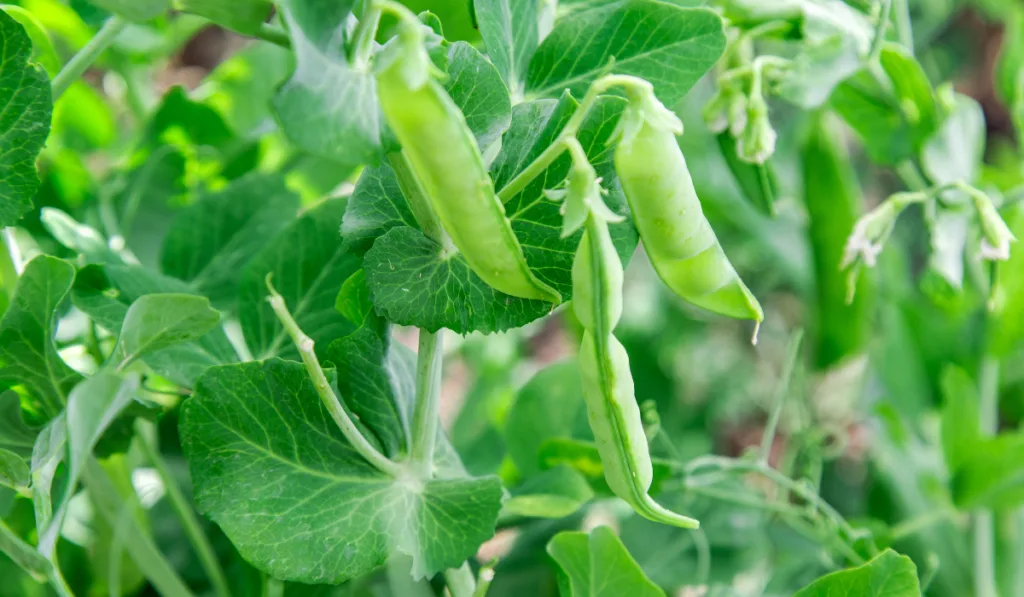
Legumes such as beans and peas are not just easy to grow, they are also beneficial to other annuals in your garden as well. Aside from harvesting their delicious seeds, legumes also enrich your garden soil or potting mix with nitrogen.
You should watch out for pests such as lizards and insects because they love eating the leaves and pods of legumes.
4. Tomatoes
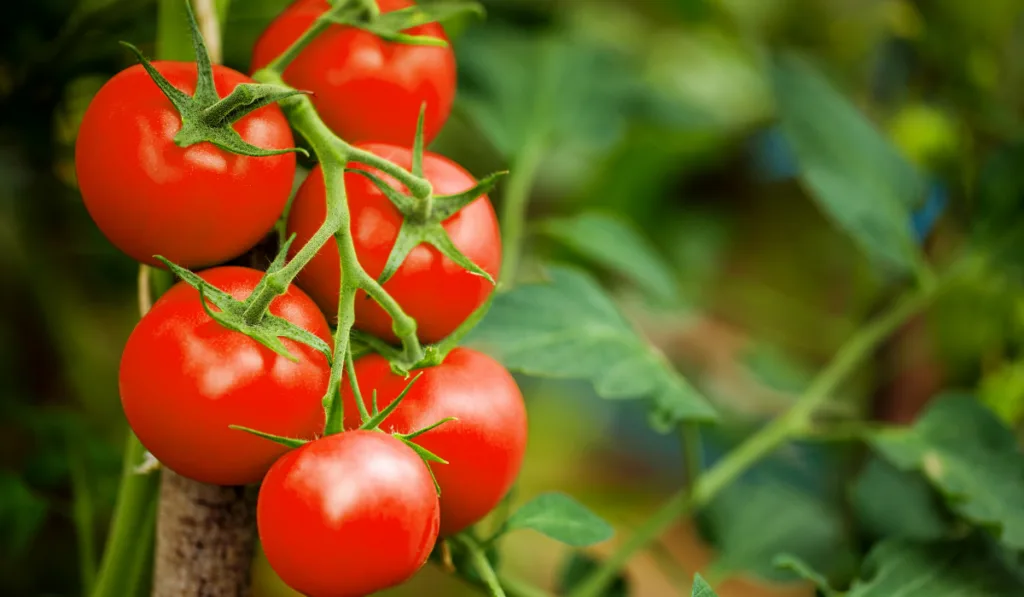
Almost every first-time gardener has planted tomatoes. Tomato plants not only produce sweet tomatoes for you, but they are also easy to grow. There are multiple types of tomato varieties that you can choose from to start with.
Tomato plants require a lot of sunlight (more than six hours of direct sunlight daily). Tomato plants also require well-drained soil. Most problems you encounter when growing tomatoes are caused by the inability of the soil or potting mix to drain water quickly.
5. Watermelon
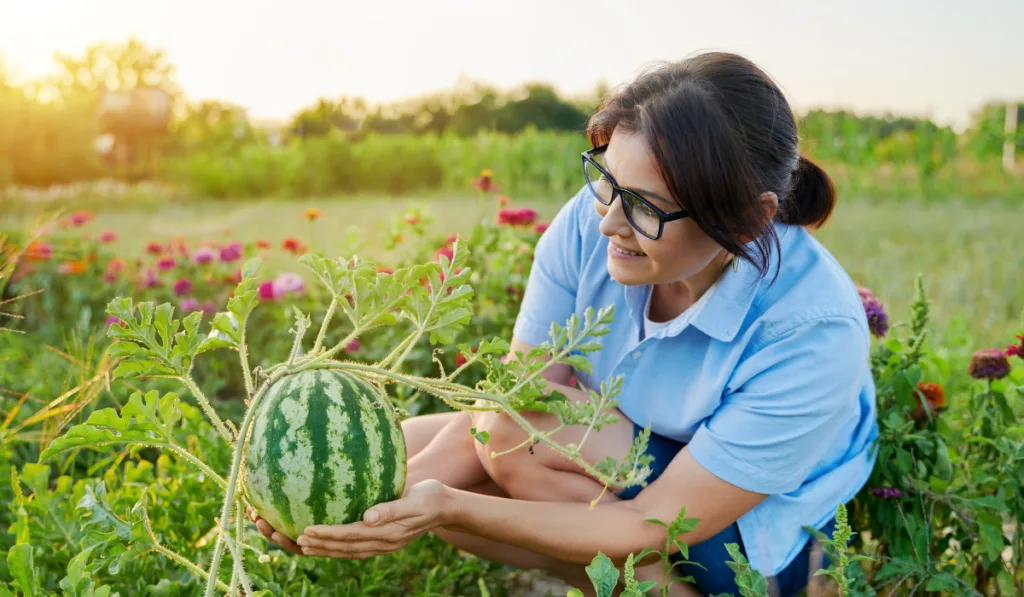
Do you love watermelons? You’d be surprised to know that watermelon is a very easy plant to grow. Watermelon plants only need the right soil (well-drained), a complete dose of nutrients, and access to sunlight to produce the sweetest fruits.
You may need a trellis to grow your watermelons so that the plants will have access to more sun and their fruits will not rest on the ground.
6. Eggplant
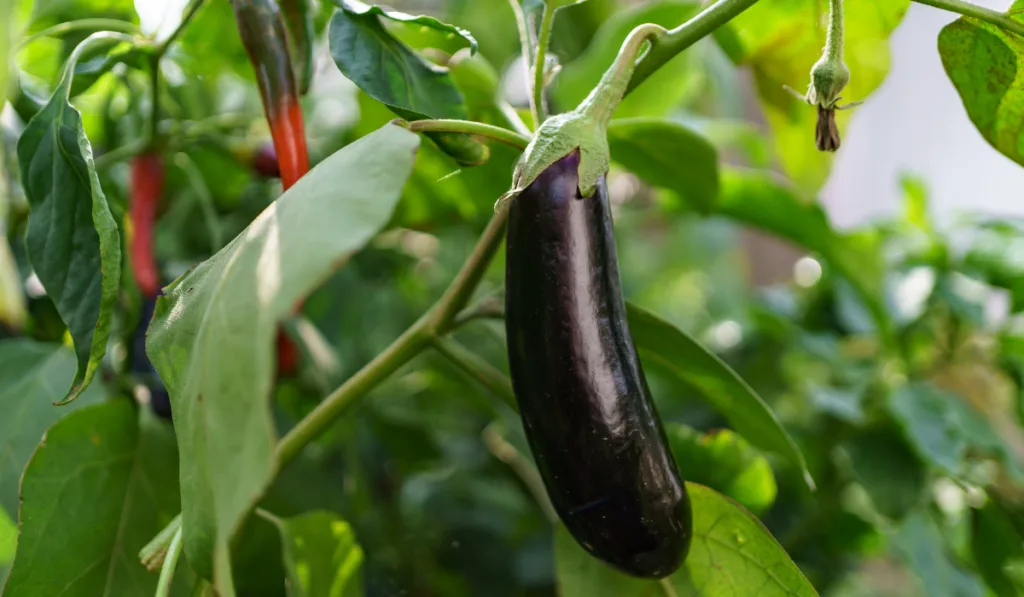
If you witness frost in your region, you will probably grow eggplant as an annual. Eggplants, however, are biennial when grown in warm regions. To get more fruits from your eggplant, you should start the plant early.
You should plant your eggplant seeds 7-10 days before the last frost date indoors. When the frost is over and the soil is warm, transfer the eggplants outdoors. Feed your eggplants with nutrients and give them access to sunlight.
7. Cucumber
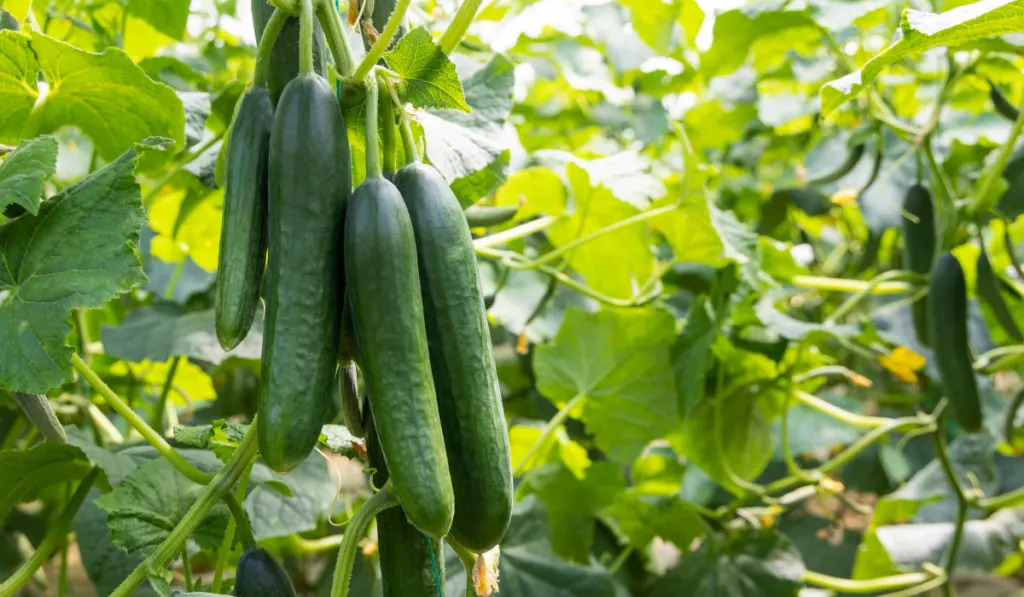
If you love cucumbers, you should consider growing them. Cucumber plants are very popular among first-time gardeners as they are very easy to grow and care for. In less than three months, most cucumber varieties will produce delicious fruits for you.
Cucumbers need six or more hours of direct sunlight. You can easily tell that your cucumber needs more sunlight when it has a very thin stem, small leaves, and appears weak. Also, note that your plant needs access to wind or insects for it to produce fruits.
8. Kale
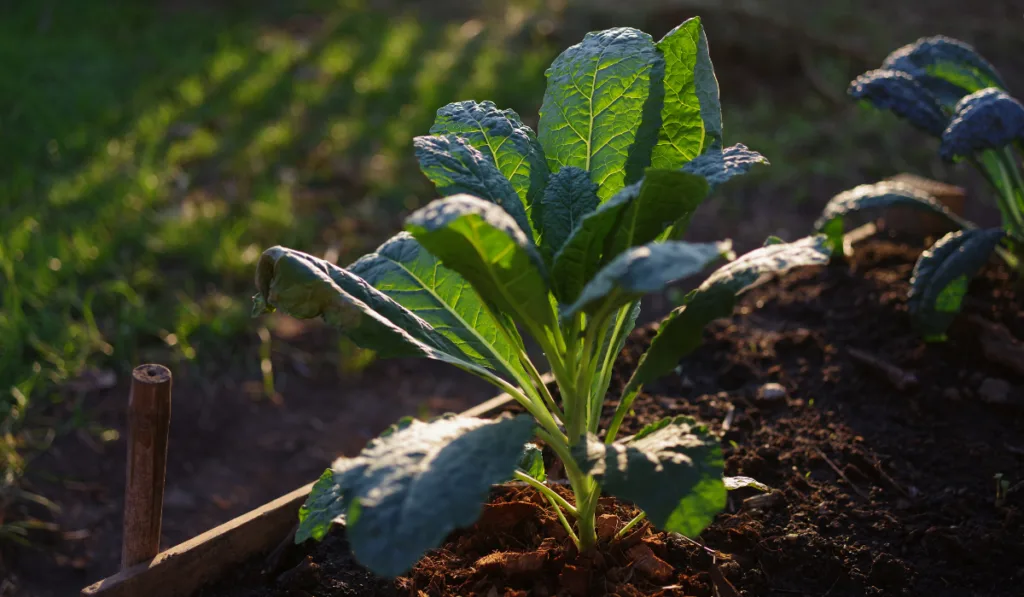
Would you like a steady supply of leafy greens? You should grow kale. Technically speaking, kale is a biennial crop, but it is grown as an annual in most regions. Kale is grown as an annual in USDA hardiness zones 7 and below.
You can grow kale in pots and also in the garden. You can continue to collect and eat some kale leaves while the plant is growing. Kale is easy to start and you can grow it from seeds or cutting.
9. Pansy

There are so many types of annual flowers that you should try. Pansies are great for your garden as they are easy to grow and give your garden a very beautiful look. Pansies are cold-tolerant and can stay till winter.
One awesome feature of pansies is that they have different bloom colors (according to the variety), so your garden will be pretty throughout the growing season.
10. Snapdragon

If you are looking for a flower that is very easy to grow, you should plant snapdragons. Snapdragons tolerate cold and continue to bloom from summer through fall. You can plant snapdragons in your garden edges, the middle of the beds, or even between plants.
There are different varieties of snapdragons. Some grow tall while others look small. You can select the best variety according to where you want the color to be in your garden or planter.
11. Marigold
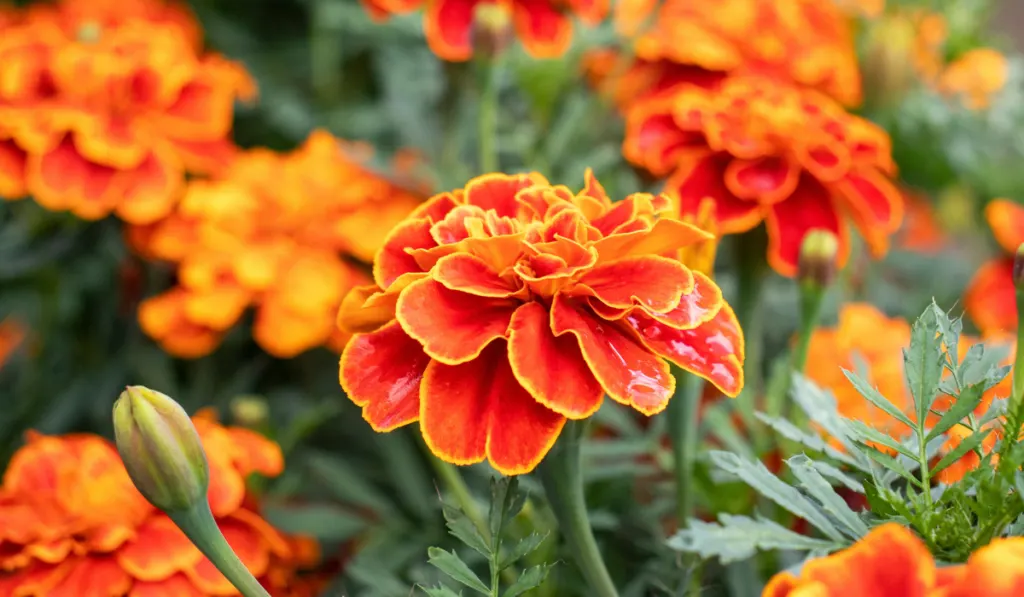
How is a flower garden complete without marigolds? Marigolds are very popular flowers that everyone should grow. Marigolds produce yellow, rusty red, or orange flowers. These flowers need access to the full sun, so plant them in a place with access to the sun. You can start your marigolds in spring.
With so many annuals to choose from, you’ll have a full and hearty garden in no time!
Related Questions and Answers
1. What Do You Need to Grow Annuals?
Growing annuals is very easy. As a first-time gardener, here are the basic items that you need to grow annuals.
- Seeds, Seedlings, or Cuttings: You will need to get the plant of your choice. You can plant leafy greens and some flowers with their cuttings. You will need the seeds or seedlings of most fruit crops to grow them. You can easily get these items from gardening stores near you.
- Well-Drained Soil or Potting Mix: Most plants need moist but not soggy soil. Make sure that your garden soil or potting mix is well-drained. You can make a bed to boost the drainage ability of the soil.
- Access to Sunlight: Every plant needs light to grow. If you do not have access to enough sunlight for full sun plants (4-6 hours of direct sunlight daily), you can use annuals that thrive in partial or full shade.
- Water: Plants need water to survive. According to the type of annual, you should water the plants as necessary. Some prefer dry conditions, while some need constant moisture to flower.
- Fertilizer: Fertilizer is the source of nutrients for your annuals. Make sure that your plants have enough essential nutrients (nitrogen, phosphorus, and potassium) in their fertilizer. Fertilizer suitable for your annual of choice is available in garden shops near you.
As you can see, growing annuals for the first time is not demanding because it’s pretty easy to get the needed materials.
2. Can You Plant Multiple Types of Annuals in the Same Garden?
You should grow multiple types of annuals in your garden. When you plant different flowers and vegetables, you increase your yield and also beautify your garden.
Make sure that the plants of your choice are compatible with each other. Also, do not plant them too close to other plants so that they do not compete for nutrients in the soil.

3. Should You Grow Annuals in Pots?
Annual plants are very compatible with pots. Growing potted plants is beneficial and some benefits are stated below:
- Space: With potted plants, you do not need to have a large garden to grow your favorite crops. You can grow different types of plants in your home or on your deck or patio.
- Soil: You can easily formulate (or buy) suitable potting mix for any plant of your choice. Your garden soil is not necessarily compatible with every type of plant that you can grow.
- Wintering: Some annuals cannot survive the winter. To help extend the life of your plant you will need to transfer it indoors. This is possible mostly with pots.
- Disease Control: One recommended way to cure soil for planting is by baking it. When you sterilize the soil, you remove harmful microbes and pests from it. Such soil is best used in pots because you don’t want to bring pests and fungi into your home.
- Water Drainage: It is easier to amend your potting mix so that it drains water quickly than your garden soil.
As you can see, there are so many benefits of growing your annuals in pots.
4. Can You Use Organic Fertilizer for Your Annuals?
You can use every type of fertilizer for your annuals. There are multiple types of fertilizer, but they are classified as organic or inorganic.
Organic fertilizers such as rotted manure and compost are very beneficial for annuals as they help to amend the soil as well as provide every form of nutrients to your plants.
5. Should You Grow Climbing Plants with a Trellis?
Climbing plants such as cucumbers and watermelons prefer trellises. You should grow these plants on a trellis or cage so that their leaves will stay off of the surface of the ground. Trellises give your plants access to more sunlight and also help prevent the fruits of the plant from touching the ground.
Final Thoughts
As a beginner, there are so many types of plants for your to choose from for your first garden.
You can grow different types of annuals even if you do not have land or space to plant your crops because you can always grow potted plants.
Sources
- https://www.costafarms.com/get-growing/slideshow/10-easy-care-annuals-every-garden-should-have
- https://lovelygreens.com/easy-to-grow-vegetables-for-beginners/
- https://www.onegreenplanet.org/lifestyle/perennial-plants/
- https://www.marthastewart.com/1140646/easy-annual-plants-beginner-gardeners
- https://www.thompson-morgan.com/top-10-easy-to-grow-vegetables
